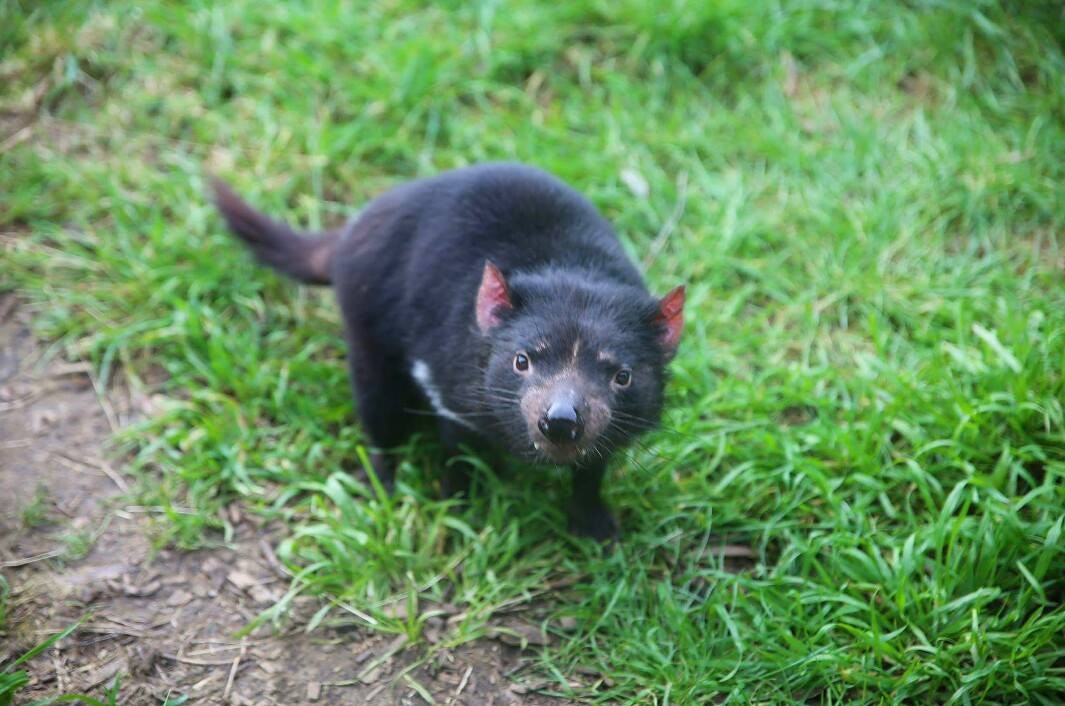Tasmanian devil
A species of Devils, Also known as Satanic flesh-lover, Devil cat Scientific name : Sarcophilus harrisii Genus : Devils
Tasmanian devil, A species of Devils
Also known as:
Satanic flesh-lover, Devil cat
Scientific name: Sarcophilus harrisii
Genus: Devils
Content
Description General Info
 Photo By Julia Minicz , used under CC-BY-SA-4.0 /Cropped and compressed from original
Photo By Julia Minicz , used under CC-BY-SA-4.0 /Cropped and compressed from original Description
The bag-devil (Sarcophilus harrisii), also called the Tasmanian devil, is a species from the predator family (Dasyuridae) and their largest living representative. Today it can only be found in Tasmania, on the Australian mainland it probably died out as early as the 14th century. It was hunted intensively in Tasmania until the 1930s in order to protect the cattle population. The stock has recovered since the pouch devil was put under protection in 1941. However, the species has been threatened by Devil Facial Tumor Disease (DFTD) since the late 1990s.
General Info
Lifespan
5-8 years
Diet
Tasmanian devil is quintessentially a carnivorous species, primarily consuming carrion. Its eating habits include a strong preference for the flesh of various marsupials and even birds. Importantly, larger mammals caught in road accidents often materialize as crucial food sources.
Appearance
The tasmanian devil is a medium-sized carnivorous marsupial, with a squat, muscular build. Its thick, course fur is primarily black, often with irregular white patches on the chest and rump. The tasmanian devil possesses a wide, flattened head and beautifully contrasting pink or yellow snarling jaws. Mature individuals bear scars from frequent fights. Females have a rearward-facing pouch for cub rearing, which is absent in males.
Behavior
Tasmanian devil is primarily nocturnal, adapts a solitary lifestyle, and is known for its fiercely territorial nature. It marks its territory by secreting a pungent, musky odour. Tasmanian devil's most distinctive behavior includes its unique, loud, distressing call, often terrifying other animals; this is particularly noticed when engaging in feeding frenzies.
Population
Decreasing